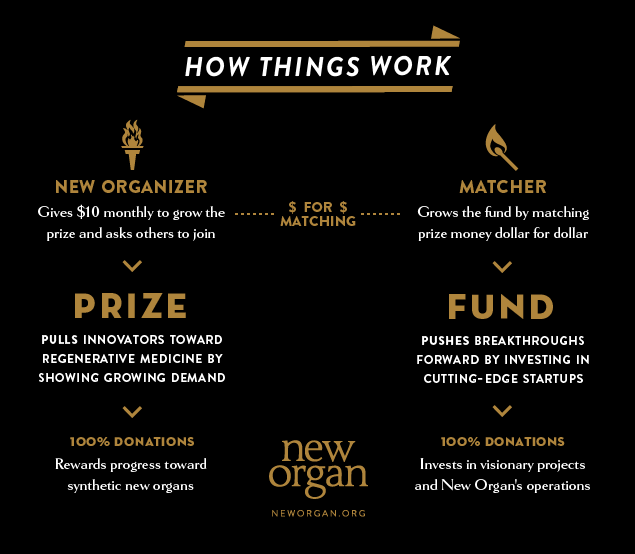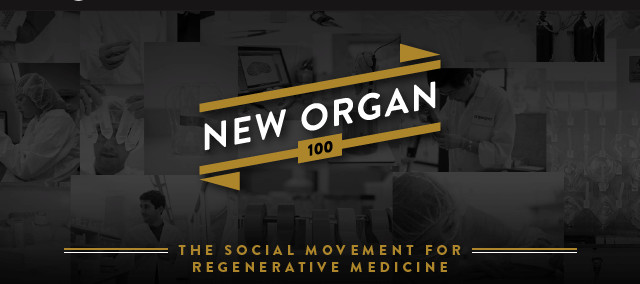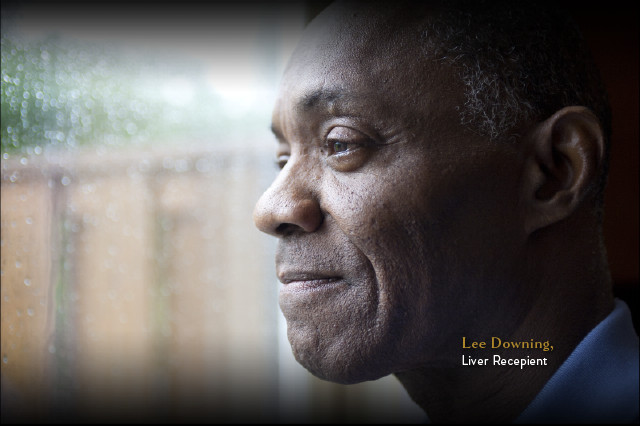Are there limits on human longevity? Sure. Few people will make it past a hundred years of age in the environment of today's medical technology - but today is today, and the technology of tomorrow will be a different story. If you want to talk about longevity and mortality rates, you have to qualify your position by stating what sort of applied biotechnologies are available. Longevity is a function of the quality and type of medicine that is available across a life span.
It so happens that most of the advances in medicine achieved over the course of human history, the vast majority of which have occurred in the past fifty years, have solved problems that killed people early in life. Infectious disease, for example, is controlled to a degree that would have been thought utopian in the squalor of Victorian England. The things that kill older people are a harder set of challenges: great progress has been made in reducing mortality from heart disease in the past few decades, for example, but that is just one late stage consequence of the complex array of biochemical processes that we call aging.
The point of this discussion? It is that tremendous progress in medicine, including the defeat or taming of many varied causes of death and disability, has not greatly lengthened the maximum human life span as experienced in practice. The research community hasn't really started in earnest on the work on rejuvenation biotechnology that will achieve that end - the story of medicine to date has been work on other line items, or largely futile attempts to patch over the failure modes that lie at the end of aging.
There are things that need to be fixed that currently limit human life span. Since aging is only an accumulation of damage, there is in fact a gentle trend towards extended life as a result of general improvements across the board in medicine - perhaps one year of additional life with every five years of technological progress at the present time. On average, people with access to the modern environment of technology and support are suffering biological damage at the level of cells and molecular machinery more slowly across their lives. But this incidental life extension is slow going indeed.
Given this history of medical progress you will find many life science researchers and advocates who view the human life span as bounded - they look to past progress and extrapolate to assume that future progress can only carry on improving things within the existing human maximum life span. In other words that more and more people will live in good health closer to that maximum, but that the maximum is set in stone. There's even a name for this goal, "compression of morbidity".
This is a ridiculous view when considered in the light of reliability theory and aging, but it is widely held and therefore something that advocates for rejuvenation biotechnology must work to dismiss. The future of medicine in the next few decades is not about gaining a decade of life with no hope of pushing out human life span beyond 120 years - it is about building the alpha versions of medical technologies that can provide indefinite healthy life spans through periodic repair of the known forms of cellular and molecular damage that cause aging. But unless many more people come to understand this point, there will continue to be the same lack of support for research that will lead to radical change in the relationship of medicine and aging. Advocate and gerontologist Aubrey de Grey touches on these issues in a recent editorial:
Is there a biological limit to longevity?
Gerontologists and demographers have argued about this for a long time, with the balance of opinion heavily influenced by the changes seen in the wealthiest nations' "survival curves" - graphs showing, broadly speaking, the proportion of an initial population that survived to a given age. Until a couple of centuries ago, these curves looked very much like radioactive decay curves, because one's chance of dying at any given age was pretty much the same. As medicine emerged and we became protected from most infectious diseases, the curve became more rectangular, implying a biological limit that most people were getting fairly close to.
...
So, why am I exercised about this? Simply because the belief in a biological limit to longevity is very often elided into a belief in a medical limit. And unfortunately, this inference is being taken seriously by influential observers and commentators, with all that that entails for public policy going forward.
...
Technology is about transcending what nature has created. To say that the biological limits to longevity are any kind of evidence of what we can do with medicine is a mixing of apples with oranges of the most egregious nature. And the reason it matters, of course, is that those who have not the time or intellect to see through it have the power to dissipate society's enthusiasm for attacking aging, by reinforcing the age-old belief that it is as immutable as the heat death of the universe. The result is a delay in the defeat of aging with medicine, the unnecessary loss of life and the unnecessary perpetuation of the untold suffering caused by aging. This cannot be allowed.
We must clarify, loud and clear, that medicine is about transcending biology.
Just so.


